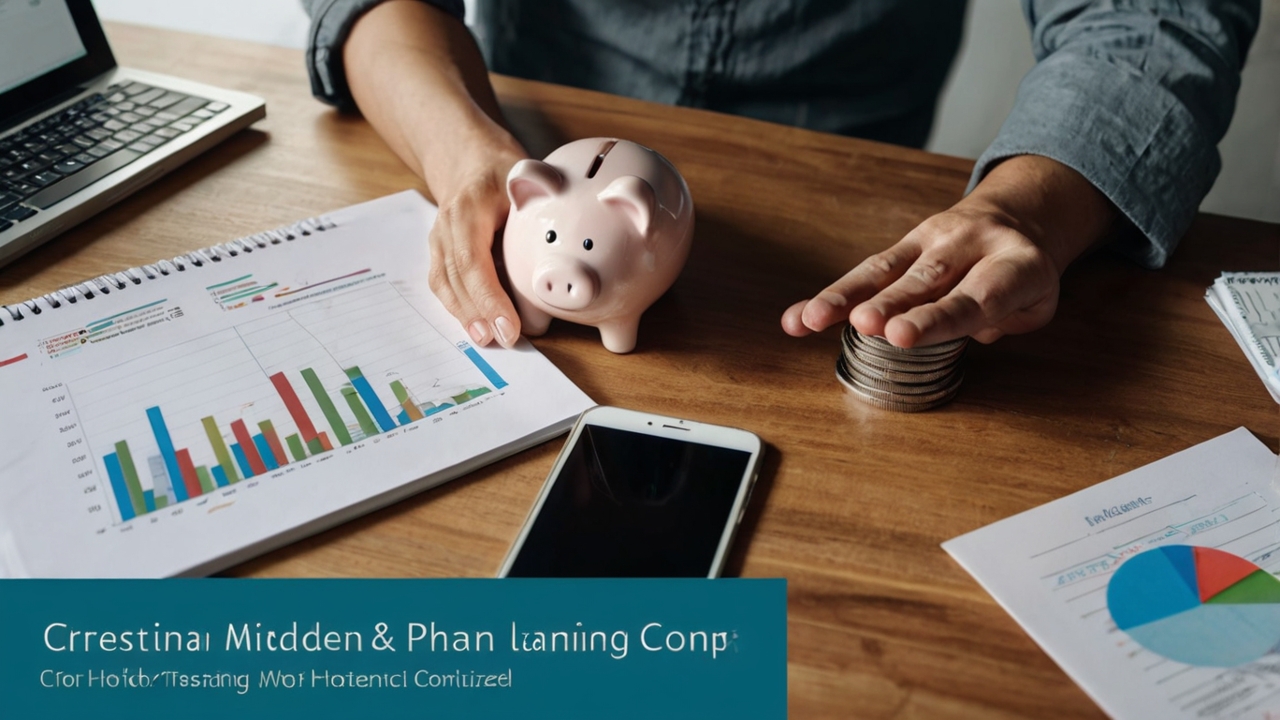The Art of Smart Saving: How to Effectively Manage Multiple Monthly Installments
In today's world, obtaining loans and financing has become an integral part of our lives. Whether it's mortgages, cars, education, or even credit cards, we often find ourselves committed to multiple monthly installments. Balancing these installments and saving money may seem impossible, but with proper planning and smart strategies, financial balance and saving money can be achieved simultaneously.
Chapter 1: Understanding Your Current Financial Situation
Before starting any savings plan, it is essential to have a clear understanding of your current financial situation. This includes:
- Calculating Net Monthly Income: What is the amount you receive after taxes and deductions?
- Identifying Fixed Expenses: Rent/Mortgage, Loan Installments, Utility Bills, Insurance.
- Identifying Variable Expenses: Food, Entertainment, Clothing, Transportation.
- Calculating Total Monthly Installments: How much do you pay monthly for all your loans and credit cards?
You can use a simple spreadsheet or a financial app to track your income and expenses. This step is crucial to identify where your money is going and where you can make changes.
Chapter 2: Prioritizing Installments
When you have multiple monthly installments, it is important to prioritize them based on:
- Interest Rate: Loans with higher interest rates should be at the top of the list, as they cost you more in the long run.
- Impact on Your Life: Some loans, such as a mortgage, may be more important than others.
- Repayment Terms: Some loans may have stricter repayment terms or higher late fees.
Once you prioritize, you can focus on paying off the highest priority loans first.
Chapter 3: Debt Repayment Strategies
There are two main debt repayment strategies:
- Snowball Method: Focuses on paying off the smallest debts first, regardless of the interest rate. This provides a psychological boost and motivates you to continue.
- Avalanche Method: Focuses on paying off the debts with the highest interest rates first, saving you money in the long run.
Choose the method that suits you based on your personal preferences and financial goals.
Chapter 4: Reducing Variable Expenses
After identifying fixed expenses, it's time to look at variable expenses. Look for ways to reduce these expenses:
- Budgeting for Food: Plan your meals in advance, and eat at home instead of restaurants.
- Reducing Entertainment: Find free or low-cost entertainment activities.
- Comparing Prices: Before buying anything, compare prices between different stores.
- Canceling Unnecessary Subscriptions: Do you really need all the subscriptions you pay for monthly?
Every penny you save here can go towards paying off your debts or increasing your savings.
Chapter 5: Increasing Income
In addition to reducing expenses, you can also look for ways to increase your income:
- Overtime: Can you get a part-time job or work overtime in your current job?
- Freelancing: Do you have skills that you can offer as a freelancer?
- Selling Unnecessary Items: Do you have items in your home that you no longer use?
- Investing: Invest a portion of your savings in stocks, bonds, or real estate.
Any additional income can help you pay off your debts faster or increase your savings.
Chapter 6: Negotiating with Creditors
If you are having difficulty paying your installments, do not hesitate to negotiate with creditors. They may be willing to offer:
- Modified Repayment Plan: With lower monthly installments.
- Reduction in Interest Rate: Reducing the total amount you pay.
- Temporary Deferral of Payments: If you are experiencing temporary financial difficulties.
Be honest and transparent with creditors, and show them that you are committed to paying your debts.
Chapter 7: Creating an Emergency Fund
Before you start paying off your debts aggressively, it is important to create an emergency fund. This fund should cover at least 3-6 months of living expenses. Having an emergency fund prevents you from having to borrow again in the event of unexpected expenses.
Chapter 8: Tracking Progress and Rewards
Track your progress towards your financial goals. Celebrate small achievements along the way. This will help you stay motivated and committed to your plan.
Chapter 9: Investing in the Future
Once you have paid off your debts and created an emergency fund, you can start investing in the future. Invest in retirement, education, or any other financial goals you have.
Chapter 10: Additional Saving Tips
- Use Savings Apps: There are many apps that can help you track your spending and find ways to save.
- Look for Deals and Discounts: Before buying anything, look for available deals and discounts.
- Join Loyalty Programs: Many stores offer loyalty programs that reward you for your purchases.
- Be Mindful of Your Spending: Before you buy anything, ask yourself: Do I really need this?
Saving with multiple monthly installments is not easy, but it is possible. With proper planning, discipline, and perseverance, you can achieve financial balance and save money at the same time.
Realistic Statistics and Figures (for greater credibility):
- According to a central bank report (example), the average consumer debt per individual in [Arab Country] is [Amount].
- A recent study showed that [Percentage]% of individuals who follow a monthly budget save [Percentage]% more than those who don't.
"Saving is not deprivation, but an investment in the future." - Financial Wisdom




